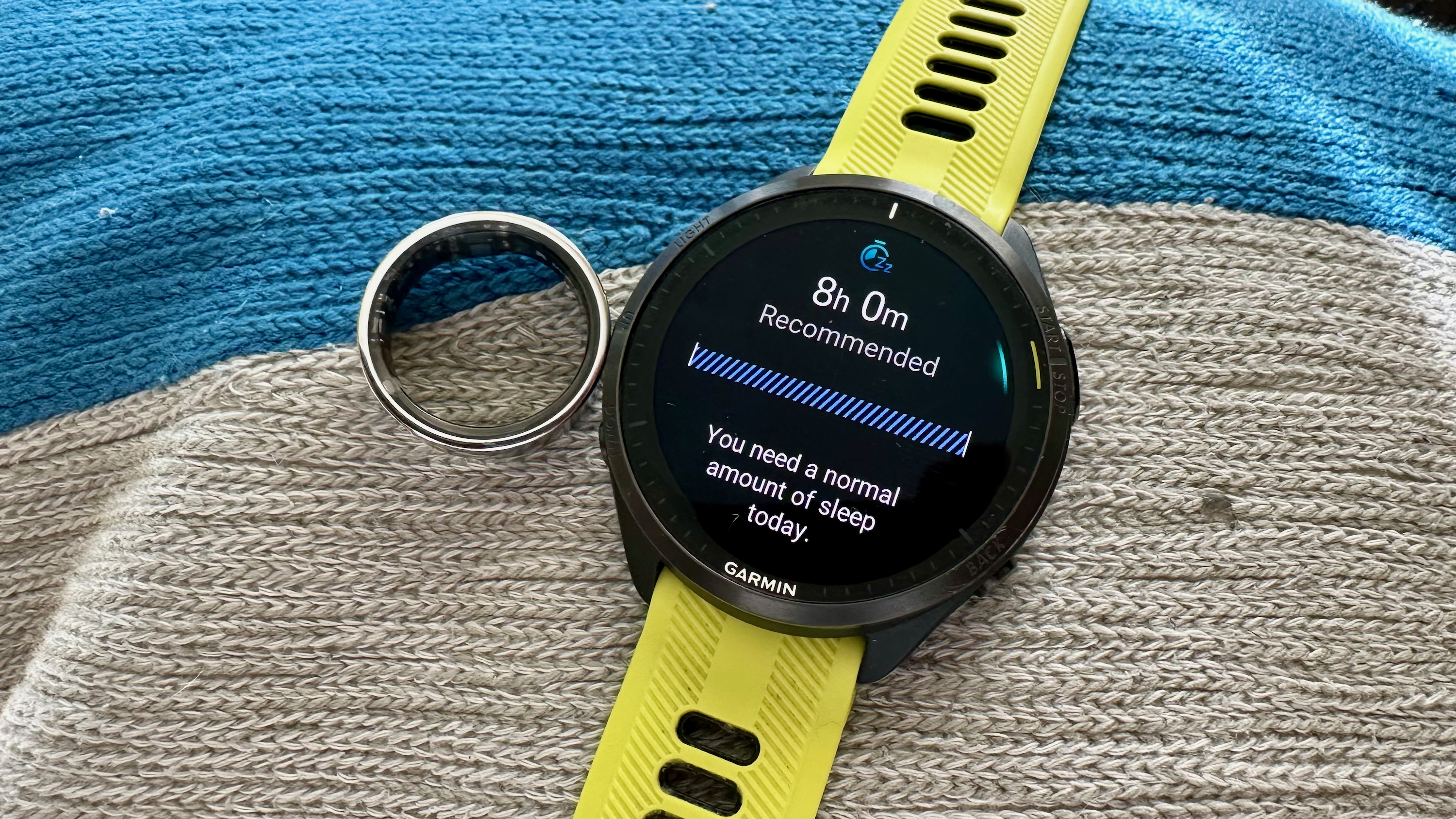
The differences between a smartwatch and smart ring are obvious at first glance. A smart ring focuses on health data, sleep tracking, and some workouts, while a smartwatch gives you a display and apps on top of all that.
Underneath the surface, there are more smart ring vs. smartwatch differences that you won't find advertised by wearable brands. You'll notice differences in heart rate accuracy, step accuracy, and other metrics between the two categories the longer you use them. So, it's better to know these differences upfront.
The Samsung Galaxy Ring is all but guaranteed to arrive at Galaxy Unpacked on July 10, but it's just the latest in a series of smart rings. The Oura Ring, in particular, has become quite popular, but the smart ring category is still niche as people figure out whether they need a smartwatch and a smart ring. So, let's help you decide.
Smart ring vs. smartwatch: Health/fitness data
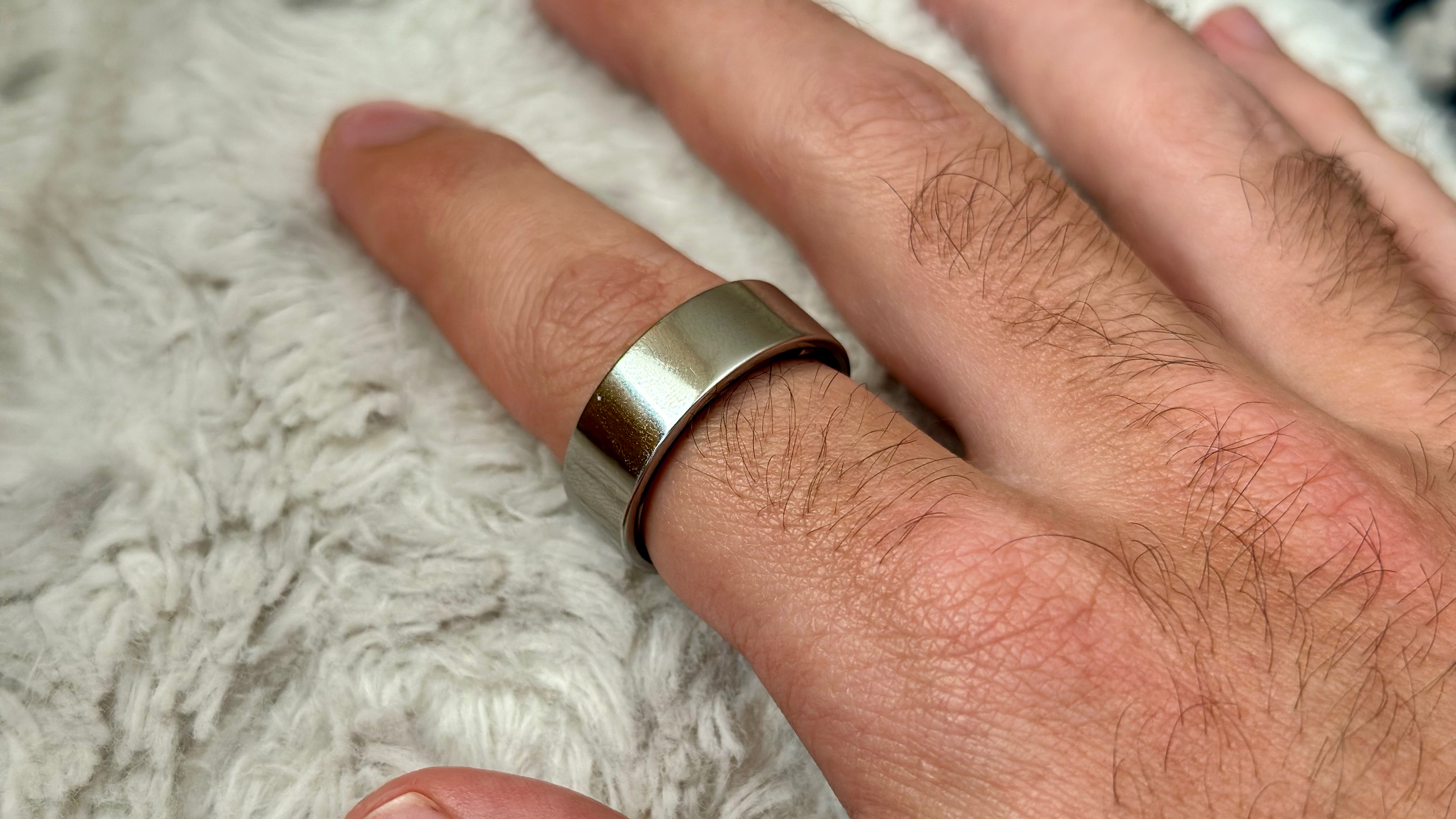
Although it varies by manufacturer, most smart rings track heart rate, heart rate variability (HRV), blood oxygenation (SpO2), skin temperature, breathing, and sleep. Specific to heart rate, many smart rings focus on your resting heart rate or stress levels. And for sleep tracking, they'll measure your restlessness, time spent in sleep zones like REM, and overall energy recharge.
Most cheap fitness trackers will measure heart rate, sleep, and SpO2. The Fitbit Charge 6 measures stress, breathing rate, and temperature, but that's fairly rare. Otherwise, you're still getting the same sleep insights (depending on the brand).
Upgrade to a smartwatch, and you typically get an ECG to measure for atrial fibrillation (AFib); a few brands like Samsung, Google, Apple, and Fitbit passively measure for AFib as well, something we haven't seen in any smart rings yet. We hope that changes in the future, but given that most watch ECGs measure through your wrist and finger, they would probably remain more accurate.
A Galaxy Watch specifically has a body composition sensor to determine body fat and muscle, plus a blood pressure sensor that unfortunately couldn't pass FDA approval for U.S. use. We've seen a few smart ring Kickstarters in 2024 promising features like body composition and blood pressure, but we'll wait to see if any of these unproven brands can deliver on these promises accurately.
Smart ring vs. smartwatch: Battery life
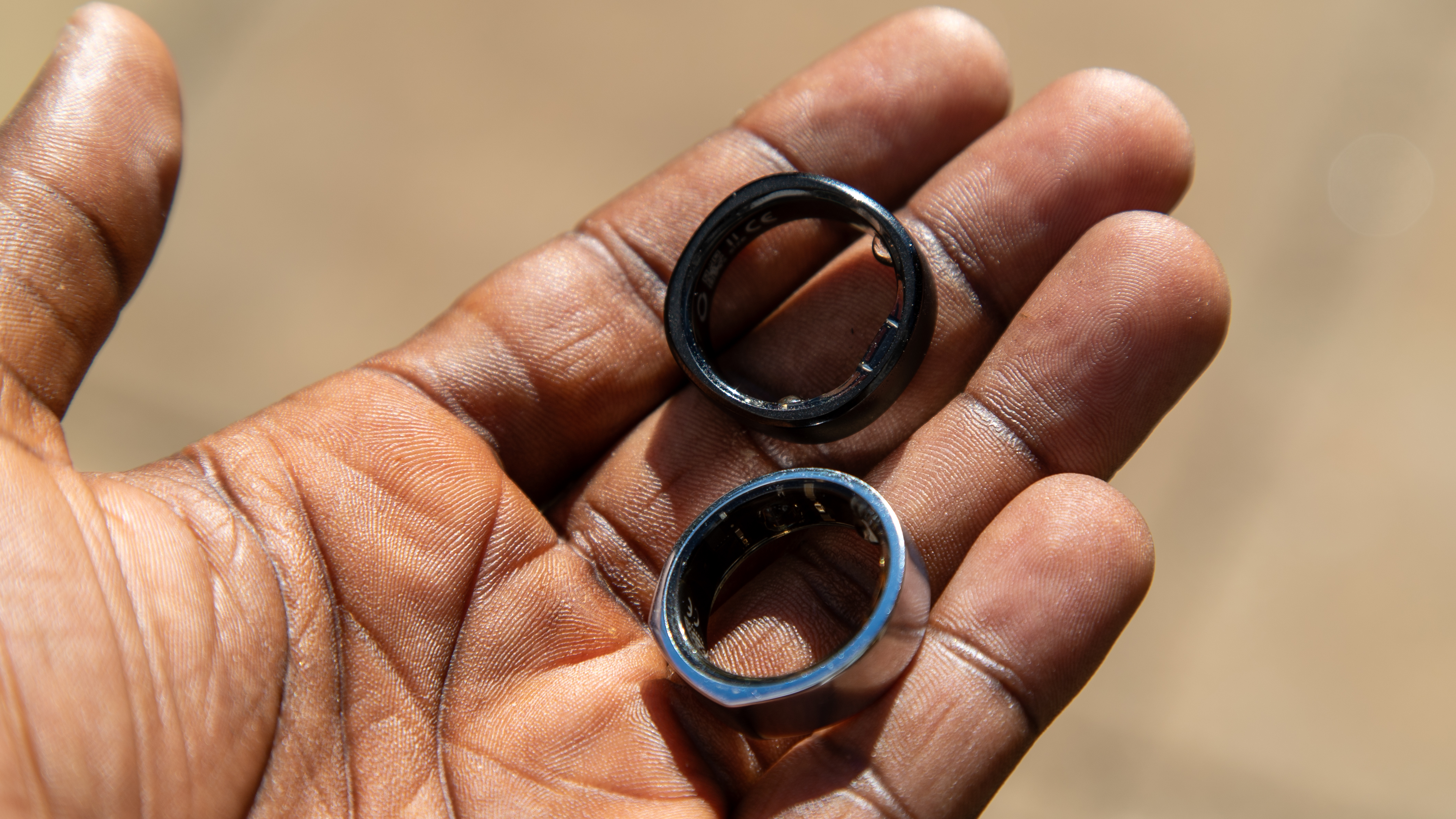
Your typical smartwatch with apps and proper phone integration lasts anywhere from 18 hours (Apple Watch) to 100 hours (OnePlus Watch 2). A (dumber) fitness watch or tracker with a more efficient CPU typically lasts 6–10 days, while brands like Garmin make bulkier watches that last two weeks or more per charge.
For smart rings, battery life varies from brand to brand, and sometimes, smaller ring sizes correspond with shorter battery life. Here are the battery life averages for a few popular smart rings:
- Oura Ring Gen 3: Up to 7 days
- Amazfit Helio Ring: Up to 4 days
- Ultrahuman Ring Air: 4–6 days
- Circular Ring: Up to 5 days
- RingConn: Up to 7 days
- Samsung Galaxy Ring: Up to 9 days (unconfirmed)
Most smart rings last about as long as a budget fitness tracker. They use small components with minute power demands, but they also only fit batteries with limited capacity. The Galaxy Ring, for example, reportedly has a 17.5–22.5mAh capacity, depending on the size, while a Galaxy Watch 6 battery is 300–425mAh.
In theory, larger ring sizes (10+) may correspond with extra room for battery capacity, depending on the brand. The inverse is that people with smaller fingers may have to charge their rings more often.
Plus, we've confirmed that smart rings generally take measurements less frequently than watches due to their limited capacity. This is less of a concern during sleep tracking but more of an issue during workouts where heart rate changes rapidly.
Ultrahuman estimates that its ring will maintain its battery life for "500 charging cycles" or about 1–2 years before experiencing "degradation." We assume that most smart rings will be similar, with slightly less than a week of charging out of the box and dipping downwards over time. But a one—or two-day smartwatch will have less leeway than a smart ring.
Smart ring vs. smartwatch: Health and step accuracy
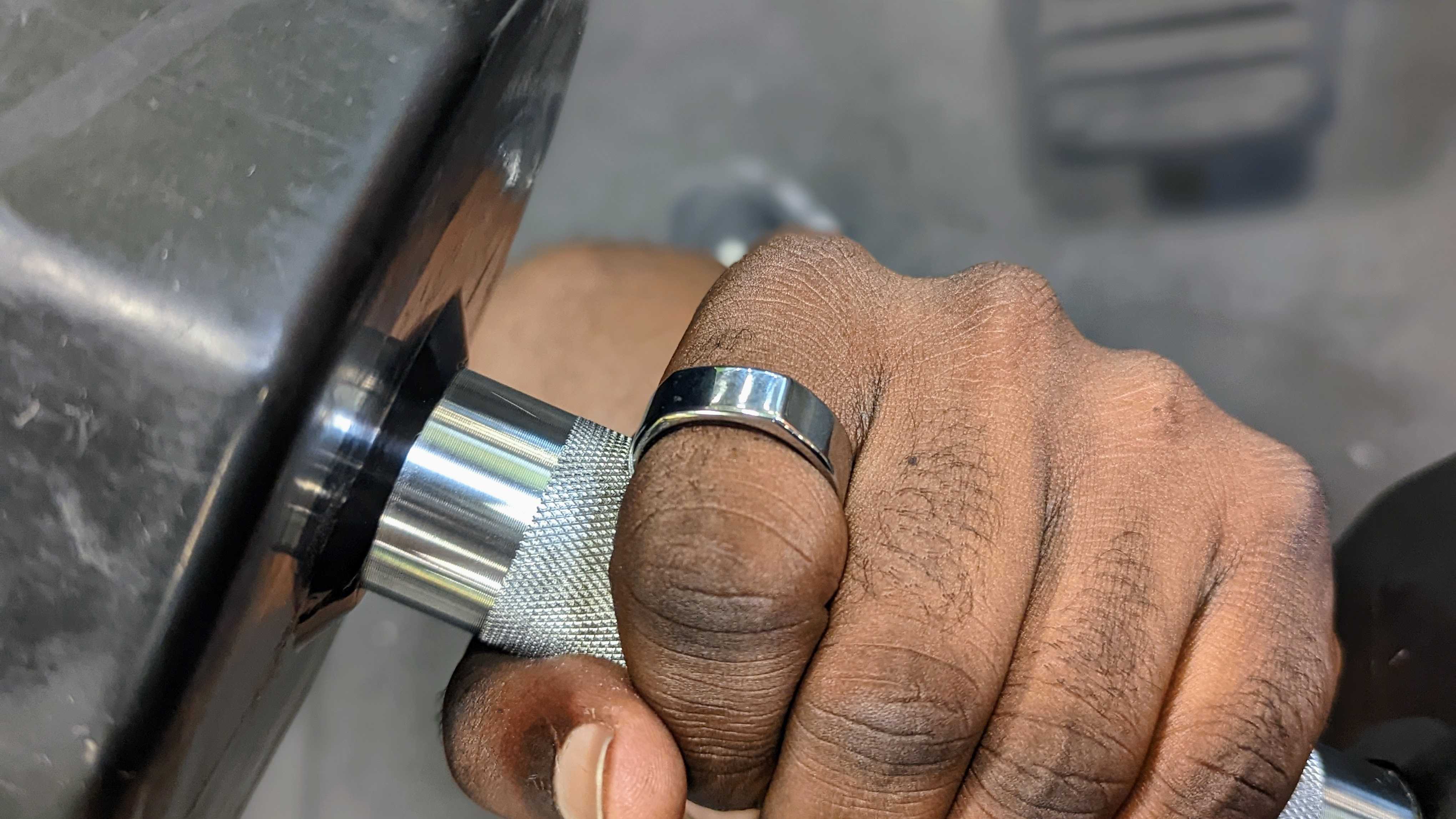
Is a smartwatch or smart ring more accurate for heart rate data? We spoke to a product manager for the Amazfit Helio Ring, who suggested that "the finger is the better location for PPG measuring because there's a denser network of blood vessels close to the skin surface, versus the wrist."
They also mentioned that "fingers are less mobile than the wrist," which could make it easier to keep your health readings consistent, but that it mostly depends on how well-fitted your smart ring or smartwatch is to your finger size or wrist, respectively.
On the other hand, your finger size can swell during workouts due to increased blood flow; that, in turn, can affect the accuracy of higher heart readings. And since a smart ring can't fit a GPS antenna, you're dependent on your phone; a smartwatch with dual-band GPS is more reliable.
A couple of rings, like the Oura Ring, have automatic workout/activity detection, registering whether you're running, biking, or completing other activities. Unfortunately, we've noticed that smart rings have much more trouble tracking steps than smartwatches do.
In our smartwatch step-counting tests, they'll usually be off by about 50–200 steps after walking 5,000 steps, with a few false steps around the house. But a smart ring can over-count thousands of steps at home when your hands move while you sit or type; then, when you walk, they can sometimes underreport your steps.
This is why some people may want to wear a smart ring and smartwatch simultaneously. Amazfit says it will "de-dupe" your watch and ring data and then "choose the best data per our algorithms." So, if you have both, maybe your ring would provide the heart and sleep data, while your smartwatch would provide the step and workout data.
Smart ring vs. smartwatch: Smarts
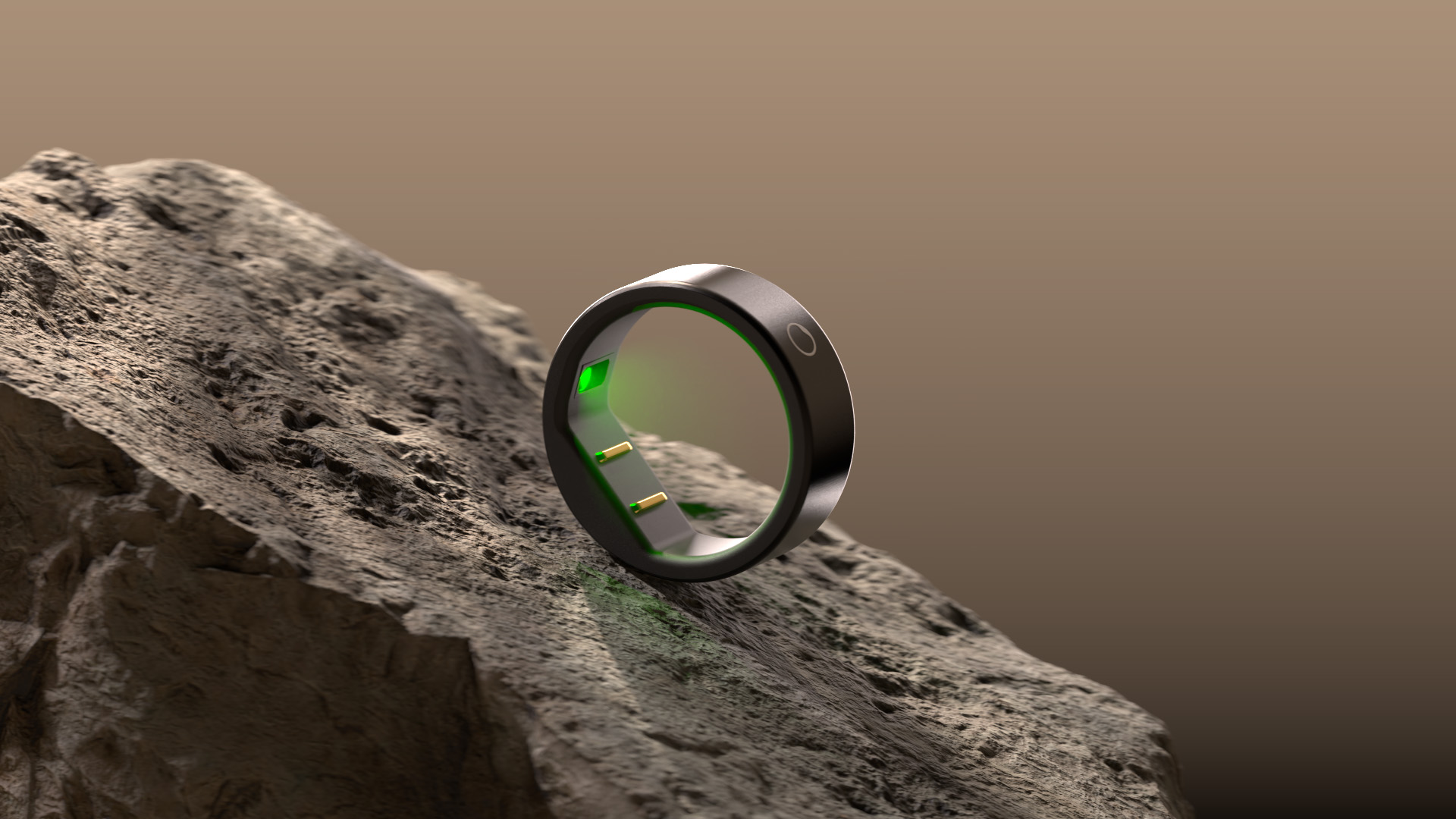
We can keep things short here: Smart rings don't have many traditional "smarts" outside of health, sleep, and fitness tracking.
You can't make phone calls or ask Google Assistant/Siri a question because they can't fit a mic or speaker. You can't check your notifications because a display on a smart ring would be barely readable (and look tacky as hell).
One smart ring brand (Circular) has a haptic motor that can buzz your finger as an alarm or to signal a notification; it's one of the missing smart ring features that we hope becomes more popular. That way, people who use smartwatches for a vibrating wake-up call can switch to a ring for the same purpose.
Smart rings of the future might have a touchpad or rudimentary gesture controls that trigger an action from your phone, but it'd be tricky to implement without a bunch of false-positive gestures or accidental taps.
Smart ring vs. smartwatch: Comfort and style
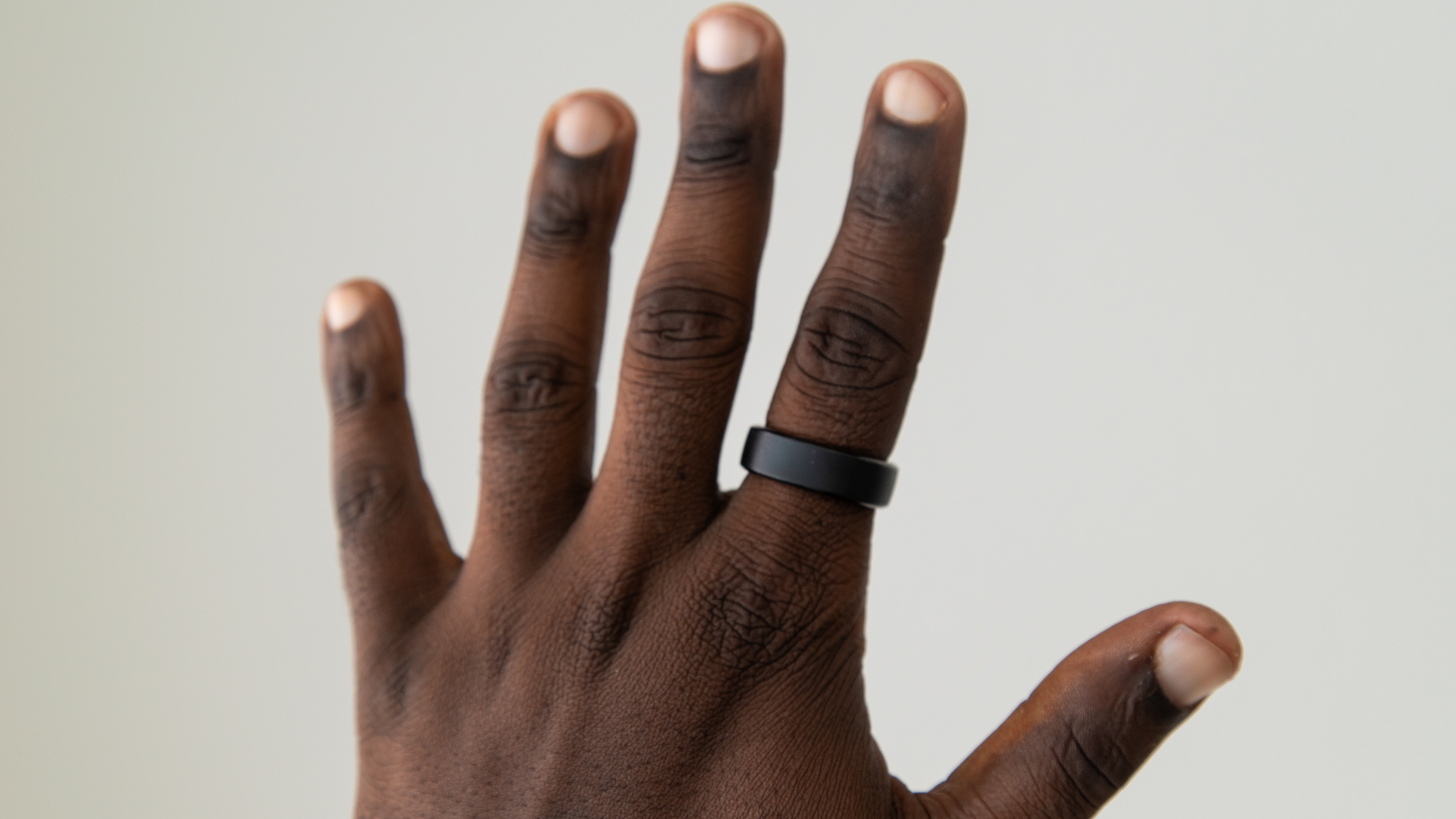
This point is fairly obvious but worth spelling out nonetheless: A smart ring weighs between 2–4 grams depending on the brand. A fitness tracker weighs about 20–30 grams, and the lightest models like the Fitbit Inspire 3 have tiny displays that are barely readable. Meanwhile, a smartwatch typically weighs about 40–80 grams, varying based on strap weight, materials, thickness, and display size.
Some people hate sleeping with a smartwatch because of the distracting weight or feeling of it pressing into your wrist against your pillow. It can also be tricky finding the right fit, so it's not too loose for accurate readings or too tight to ignore. If any of that applies to you, a smart ring solves these problems because it's easy to forget at night and won't lose the seal around your finger if it's fitted properly.
That said, smart rings can be tricky for some,, depending on the fit, because your fingers can swell, and they can be uncomfortable or hard to take off.
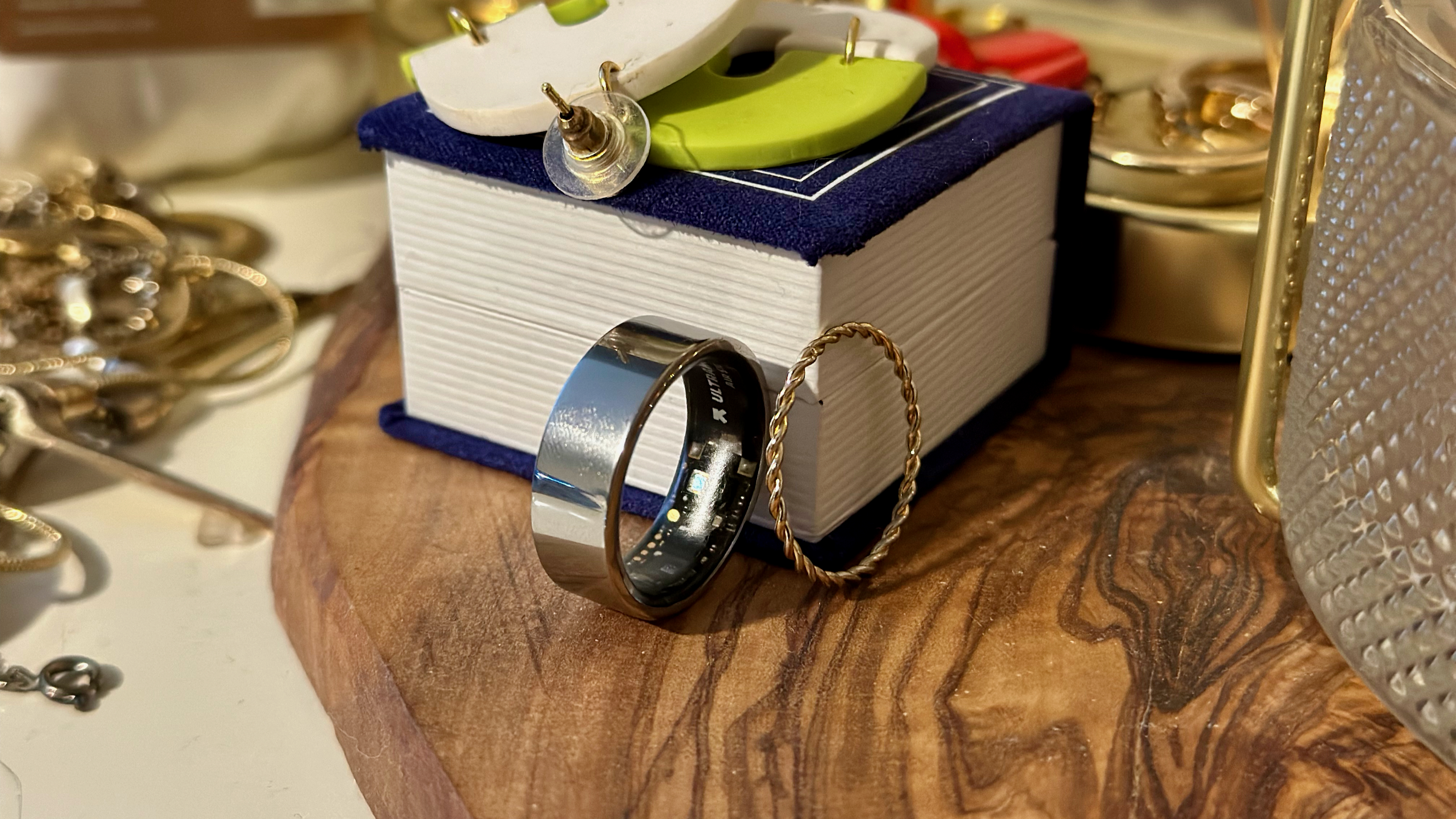
In terms of style, smart rings are an acquired taste. Unlike your typical skinny, curved ring band, a smart ring band needs to be thick enough to fit all those sensors and wide enough to have enough contact with your skin for a proper reading. Most smart rings are made of lightweight, sturdy titanium and can come in black, gold, and/or silver.
Smartwatch designs vary too widely to paint with broad strokes. Many Android watches take a "classic" circular watch design, but you still wouldn't mistake a smartwatch for a luxury watch unless you bought a simpler hybrid watch. Styles with stainless steel or titanium look classier but can be too heavy for some wrists.
We've heard that some people find smart rings too thick to be attractive, whereas they can find a stylish smartwatch with a decent number of features. Other people prefer the subtlety of a smart ring so they can wear a non-smart watch that makes more of a fashion statement.
Smart ring vs. smartwatch: Prices and subscriptions
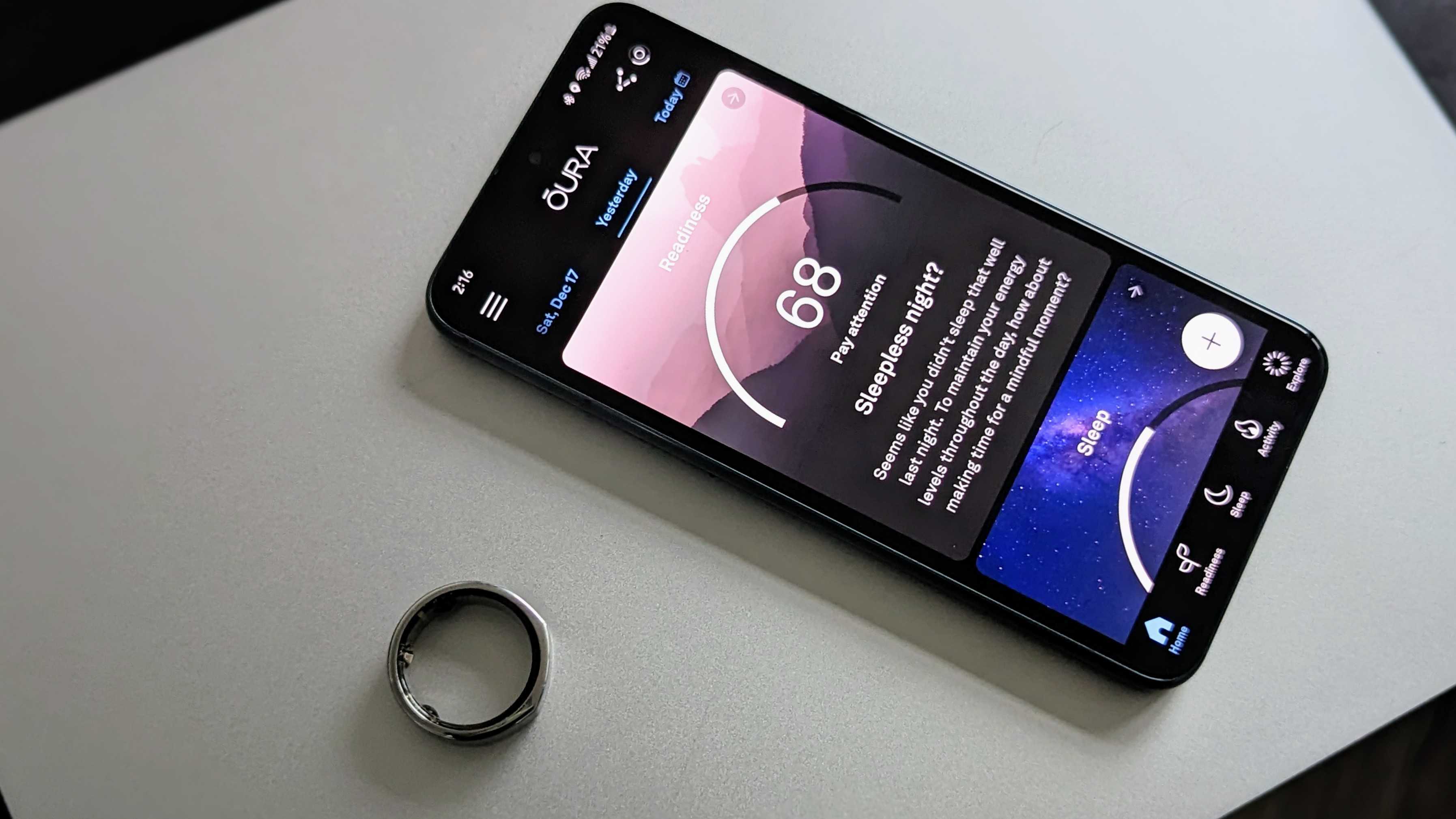
Smart rings are still in their early days, but they all tend to fall into a similar price range of $250–$400. Cheaper rings will lack basic features or reliability. That means they cost about the same as a flagship smartwatch, especially if you splurge for a fancier gold finish.
Most smart ring brands promise to provide their ring data subscription fee to compensate for the high entry price. The exception is Oura, which charges $5.99/month for most data and insights. That makes Oura slightly more affordable than Fitbit Premium, but it is still costly in the long run.
Smart rings can't replace most core smartwatch features. But if you don't care about notifications and just want health and sleep tracking that's more comfortable, then a smart ring is the way to go. Otherwise, we'll see if interconnected rings like the Samsung Galaxy Ring or Amazfit Helio Ring work well enough in tandem for fans of these brands to decide to buy both!







